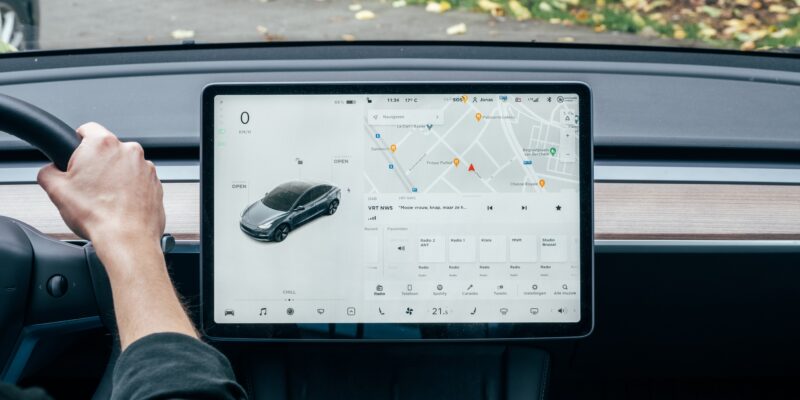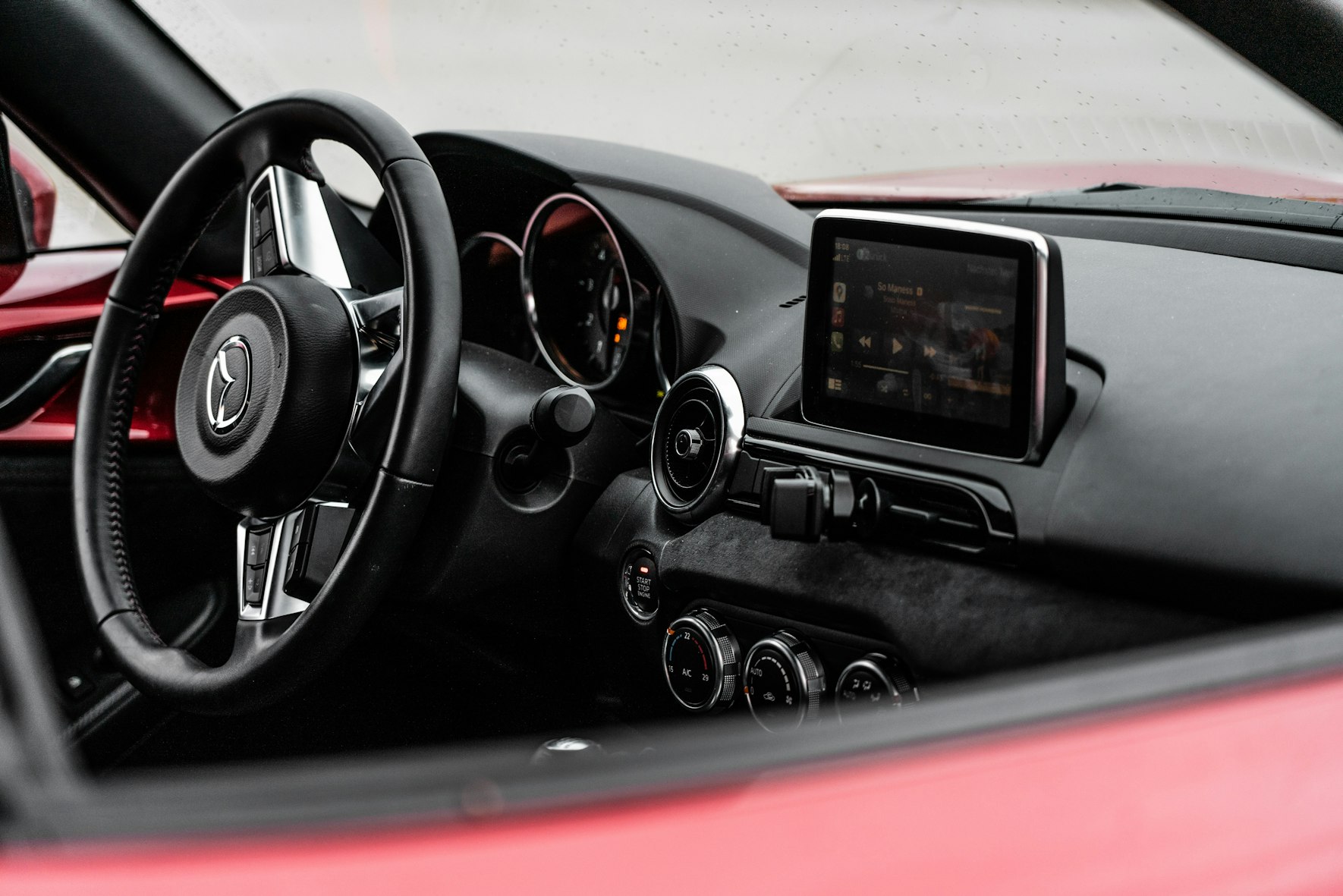Common Safety Features Explained
Here’s the thing about safety — every driver wants it. And thanks to driver-assist technologies and common safety features, we’re seeing more and more vehicles have a real-time impact on crash prevention. According to NSC data, it’s estimated that advanced driver assistance systems help prevent about 62% of all crashes within the U.S. The effectiveness of ADAS is clearly life-changing. But really, only if you know how to utilize it.
There are many drivers who are still perplexed by advanced safety systems. The beeping and vibrations may signal somethings wrong, but some drivers have become keen to ignore it. As a result, the utility of driver assist systems is there but not fully appreciated. Thats why it’s important for drivers to learn about the function and operation of each common safety feature should one alert you while driving.
Understanding common safety features 101
Despite knowing the names of some ADAS, it’s crucial to understand the real value of having this level of safety in your vehicle. Compared to a decade ago, the expansion of new car tech has afforded us a better relationship between driver and the vehicle. Along with that, we can now communicate with other vehicles on the road to help prevent collisions. Pretty cool, right?
Well, most experts in the automotive industry would agree that ADAS is worth the investment. And luckily, a number of automakers, like Toyota and Hyundai, are starting to make common safety features standard among their lineup. Therefore, whatever car you choose to drive, make sure you fully understand how these functions work so you can make an informed decision on which ADAS features are worth having.
Automated Emergency Braking
Using either forward-facing or rear-facing cameras, vehicles with automated emergency braking will immediately stop should an impending vehicle, pedestrian, or object appear within range. These cameras, along with radar sensors, communicate directly with the car’s computer to determine a vehicles’ distance from an object. Essentially, the vehicle brakes on your behalf, making sure you don’t find yourself tangled in an unforeseeable collision. Although the power of AEB varies between makes and models, it’s become one of the most common safety features you’ll find in new vehicles. As a matter of fact, automated emergency braking is becoming standard in all 2022 vehicles and future productions.
Here’s an example of Subaru’s automated emergency braking:

Automatic high-beams
There’s really nothing we love more than advanced headlight technology. And so far, automatic headlights have continued to impact car safety since its original debut in the 1950s. Whereas earlier high-beam systems relied on light-sensors, the ones you see today are completely controlled by high resolution camera modules. Basically, this common safety feature controls light projection so oncoming vehicles aren’t blinded and road signs are read clearly.
Forward-collision warning
Out of all the common safety features available, forward-collision warning has had the greatest impact on passenger safety. In an analysis of crash results, forward-collision warning accounts for 47.4% of saved lives during traffic accidents. As a result, this is a safety features you’ll definitely want to include in your next vehicle purchase. So how does it work? Similar to other ADAS, forward-collision warning systems use cameras and radar, sometimes both, to monitor the road ahead. Should your vehicle become too close the car in front, you’ll receive a warning signal. Typically, this is either a visual or audible notification that a collision is imminent.
What’s great about ADAS is that many of the functions work together. In the scenario described above, emergency braking may initiate if no action was taken. Of course, this is all dependent on the make and model you drive. Knowing how these systems work will help you ask important safety questions when car shopping.
Blind spot monitoring
It’s safe to say this is one of the most useful common safety features among our list. The majority of vehicles have a “blind spot” that obstructs the driver’s vision. With this technology, your vehicle uses sonar sensors to keep watch over adjacent lanes and prevent blind spot accidents. Nowadays, most cars with this feature have warning lights in their mirrors. Some manufacturers, like Mazda, include an audible warning as well.
Lane-Keep Assist
The purpose of this driver assistance technology is to keep your vehicle centered in its lane. Distractions and leisure driving can often contribute to swerving and dangerous driving behaviors. To remedy this, manufacturers started include lane-keeping assist to make sure you stay in the intended lane. Some systems give off a visual or audible alert, however, some vehicles will adjust itself without even notifying the driver. In this case, you may feel your steering wheel take control to keep passengers safe.
Adaptive cruise control
Cruise control technology has been around for ages, but adaptive cruise control has really changed the game on imitating the human driving experience. It was originally designed to help monitor fatigued drivers, but many drivers tend to rely on this system to keep speeds under control. When adaptive cruise control is enabled, your car will maintain a set distance from the car in front of you. If the car in front of you begins to slow down, adaptive cruise control will adjust its speed to prevent collision. By no means should adaptive cruise control be used at all times, but it is a great resource for drivers going long distances or trying to maintain the speed limit on highways.
Recap of common safety features
On the hunt for a new vehicle? Count these common safety features on your must-have list. We’ve found these features to be the most useful on a day-to-day basis. Not to mention, they are most likely to come standard in your next vehicle purchase. Needless to say, there are several other ADAS features on the market, which is why we’ll continue this list another time. Stay tuned for our next safety article, where will explore some of the most advanced technologies to date.
Thanks for reading! Head over to Headlights.com for more tips, how-to guides, and automotive news.















